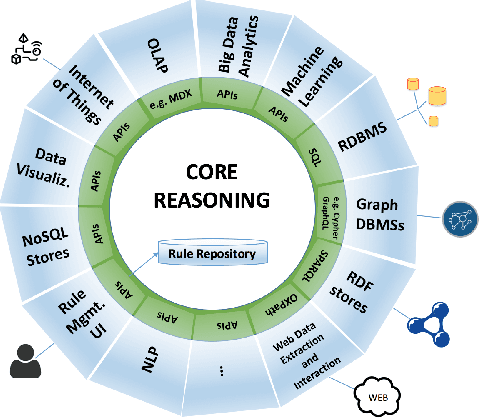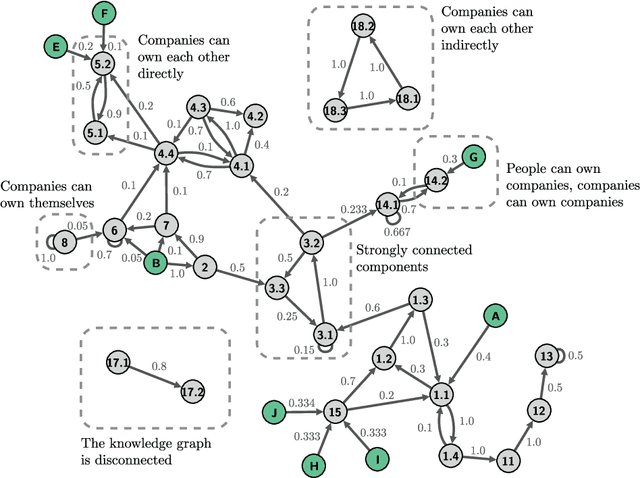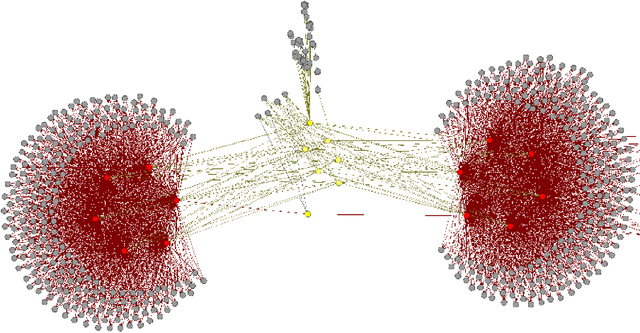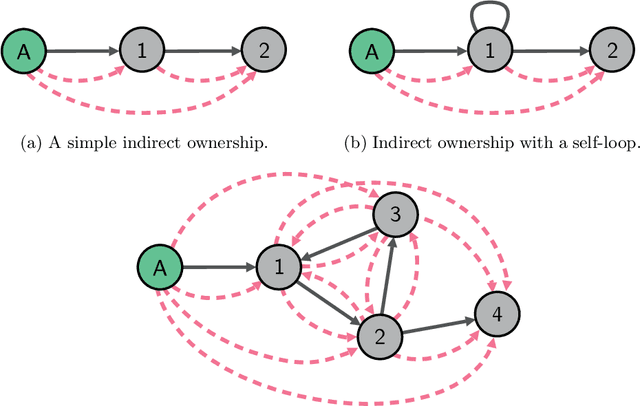Marco Benedetti
Eigenvector Dreaming
Aug 09, 2023Abstract:Among the performance-enhancing procedures for Hopfield-type networks that implement associative memory, Hebbian Unlearning (or dreaming) strikes for its simplicity and its clear biological interpretation. Yet, it does not easily lend itself to a clear analytical understanding. Here we show how Hebbian Unlearning can be effectively described in terms of a simple evolution of the spectrum and the eigenvectors of the coupling matrix. We use these ideas to design new dreaming algorithms that are effective from a computational point of view, and are analytically far more transparent than the original scheme.
Training neural networks with structured noise improves classification and generalization
Mar 02, 2023Abstract:The beneficial role of noise in learning is nowadays a consolidated concept in the field of artificial neural networks. The training-with-noise algorithm proposed by Gardner and collaborators is an emblematic example of a noise injection procedure in recurrent networks. We show how adding structure into noisy training data can substantially improve memory performance, allowing to approach perfect classification and maximal basins of attraction. We also prove that the so-called unlearning rule coincides with the training-with-noise algorithm when noise is maximal and data are fixed points of the network dynamics. Moreover, a sampling scheme for optimal noisy data is proposed and implemented to outperform both the training-with-noise and the unlearning procedures.
COVID-19 and Company Knowledge Graphs: Assessing Golden Powers and Economic Impact of Selective Lockdown via AI Reasoning
Apr 21, 2020



Abstract:In the COVID-19 outbreak, governments have applied progressive restrictions to production activities, permitting only those that are considered strategic or that provide essential services. This is particularly apparent in countries that have been stricken hard by the virus, with Italy being a major example. Yet we know that companies are not just isolated entities: They organize themselves into intricate shareholding structures --- forming company networks --- distributing decision power and dividends in sophisticated schemes for various purposes. One tool from the Artificial Intelligence (AI) toolbox that is particularly effective to perform reasoning tasks on domains characterized by many entities highly interconnected with one another is Knowledge Graphs (KG). In this work, we present a visionary opinion and report on ongoing work about the application of Automated Reasoning and Knowledge Graph technology to address the impact of the COVID-19 outbreak on the network of Italian companies and support the application of legal instruments for the protection of strategic companies from takeovers.
 Add to Chrome
Add to Chrome Add to Firefox
Add to Firefox Add to Edge
Add to Edge